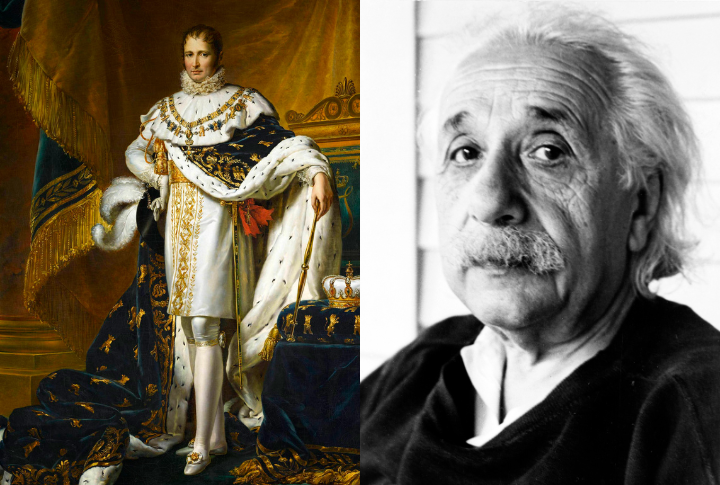
History is full of well-known figures whose legacies have shaped our world. Yet, beneath their famous deeds lie intriguing, lesser-known facts that offer a deeper glimpse into their lives. Here are 15 historical icons and some surprising truths you probably didn’t know about them.
Cleopatra
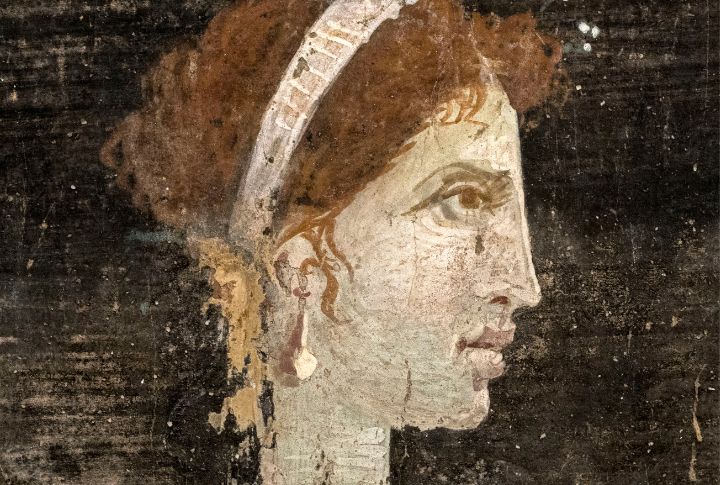
Cleopatra wasn’t just a looker! This powerful Egyptian queen spoke nine languages, including ancient Egyptian, Greek, and Hebrew. That’s more languages than most of us can manage in a lifetime. Imagine negotiating trade deals and political alliances while seamlessly switching between languages—what a boss move
Michelangelo
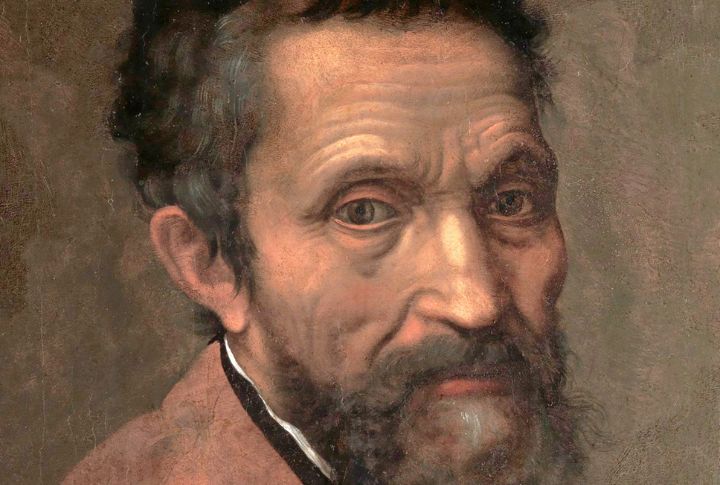
While Michelangelo sculpted the iconic David statue, his true passion lay in painting. He famously grumbled about having to chisel away at marble, considering it a tedious chore compared to the freedom of wielding a brush. This irony makes the brilliance of his sculptures even more impressive.
Napoleon Bonaparte
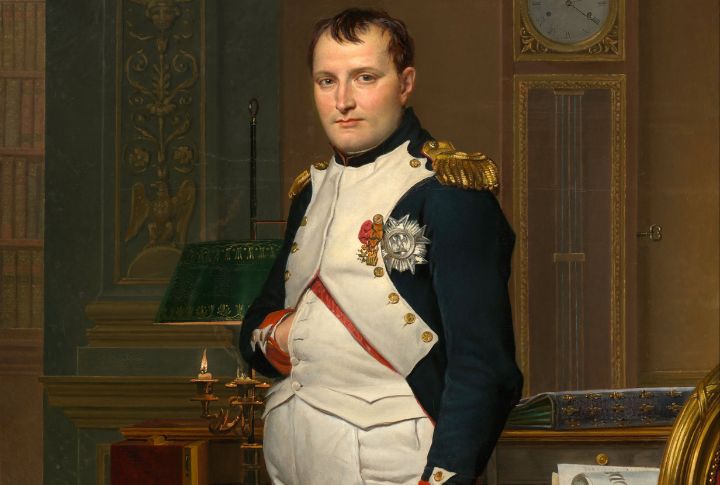
Napoleon is often depicted as a towering figure. In reality, he stood at a modest 5’2″. However, his lack of height was more than compensated for by his outsized ambition. He revolutionized warfare, conquered vast swathes of Europe, and proved that true greatness comes in all packages.
Leonardo da Vinci
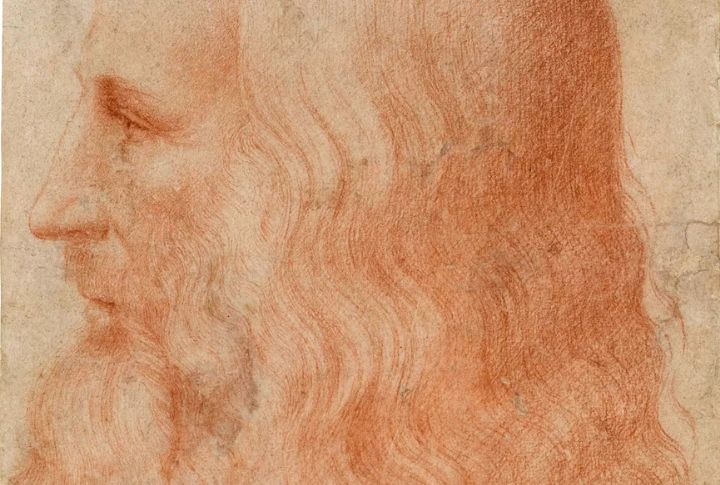
Sure, everyone knows da Vinci painted the Mona Lisa. But this genius was so much more! He was an inventor, scientist, anatomist, engineer, and even a musician. His notebooks overflowed with ideas for everything from flying machines to underwater breathing gear – a true testament to human potential.
William Shakespeare
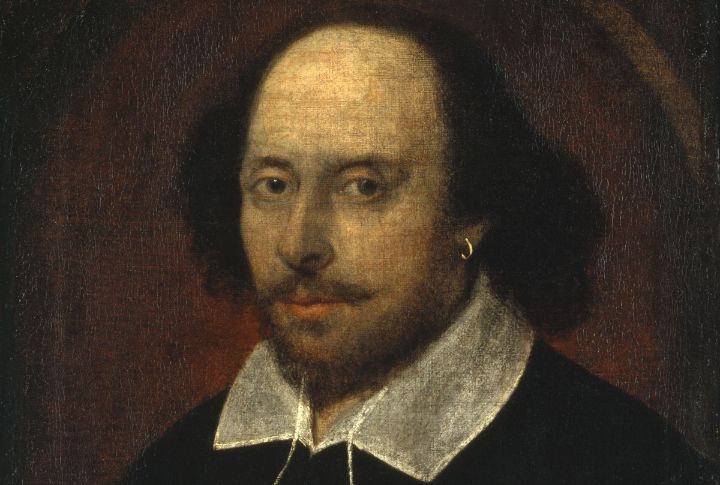
Shakespeare freely adapted plots and even entire phrases from existing plays and stories, which speaks to the mastery of language and creation he had. This willingness to adapt and build upon the works of others is a key part of his creative genius.
Marie Curie
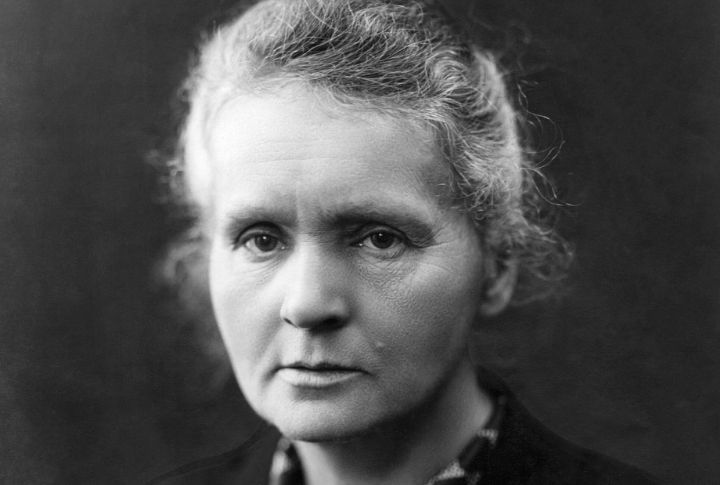
Her groundbreaking research on radioactivity earned her a place in scientific history. But her dedication came at a cost. She often handled radioactive materials without proper protection, and the after effects likely contributed to her eventual death. Her sacrifice paved the way for future advancements in medicine and physics.
Genghis Khan
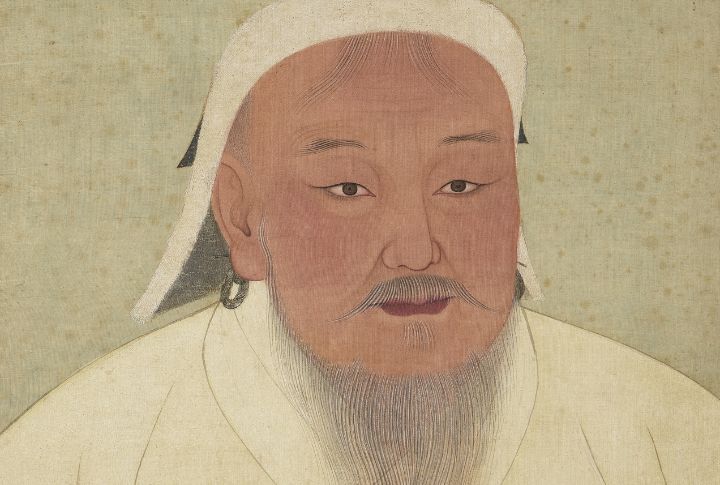
As a ruthless conqueror, Genghis Khan’s reputation is well-deserved. However, he also established a surprisingly sophisticated legal code, the Yassa, which ensured order within his vast empire. This code protected women, children, and even merchants and was great proof that even fearsome leaders could recognize the value of justice.
George Washington
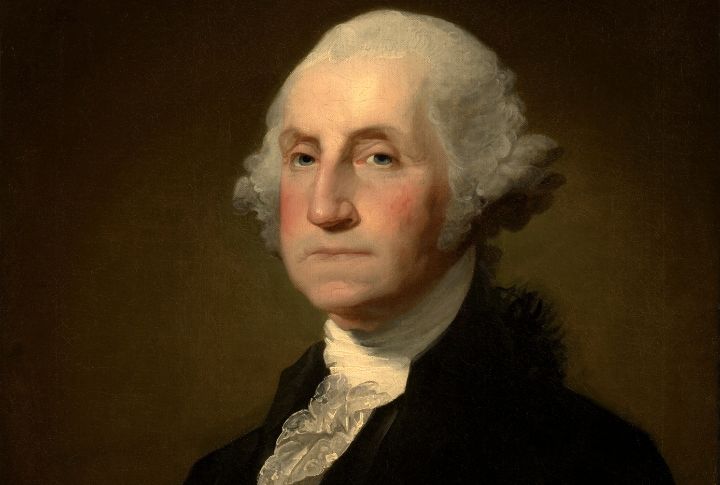
We all know the story of young George chopping down a cherry tree and bravely admitting it. Turns out, this tale is most likely a fabrication. Historians believe it was a fictional moral lesson meant to highlight Washington’s honesty, not a real event.
Albert Einstein
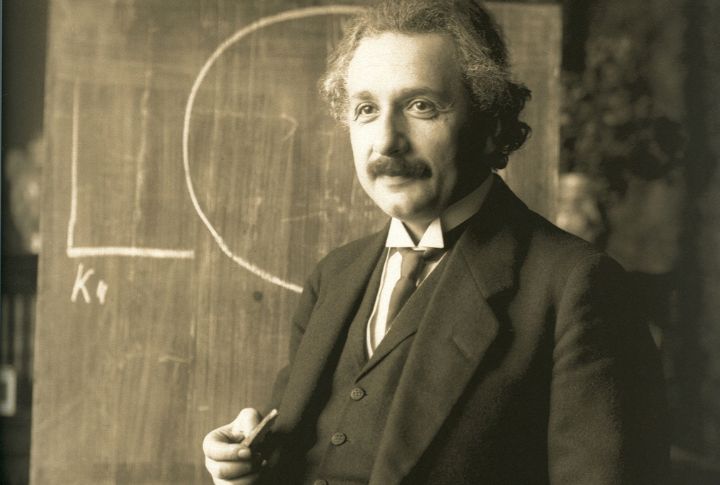
Einstein’s reputation as a scatterbrained professor is partly fueled by his wild hair and quirky personality. However, he was actually quite organized in his work, meticulously keeping detailed notebooks filled with calculations and theories. His “absentmindedness” might have simply been his intense focus on the world within his head.
Queen Elizabeth I
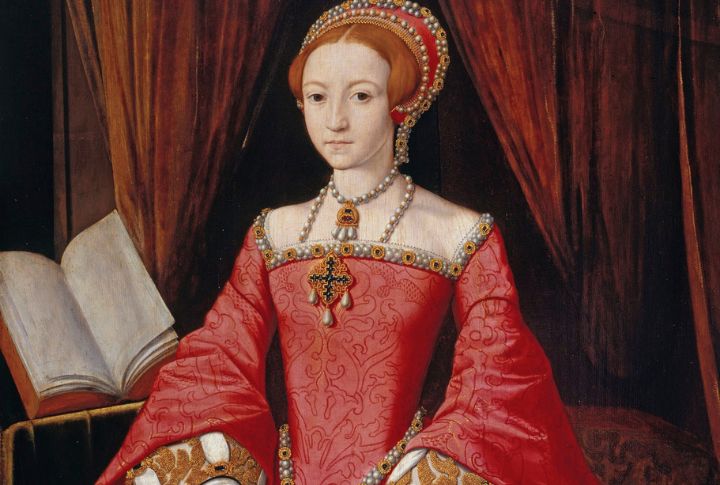
In an era when women rarely held positions of power, she became a strong and decisive monarch, leading England through a golden age of exploration and cultural achievement. She famously declared, “I have the body of a weak and frail woman, but the heart and stomach of a king,” and her reign proved it.
Wolfgang Amadeus Mozart
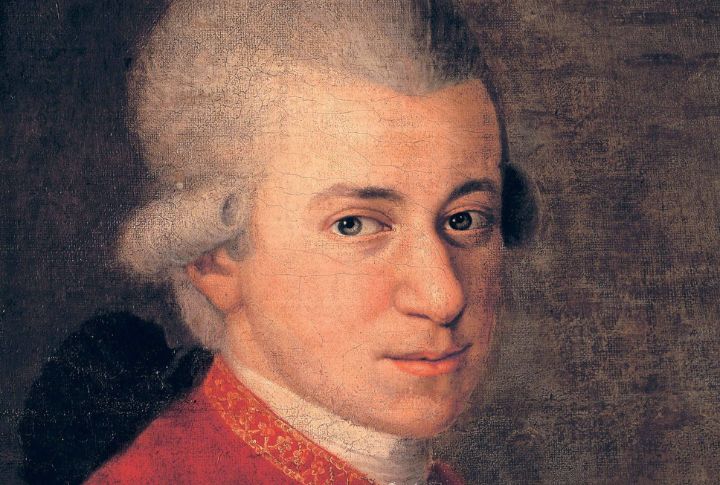
Mozart was a musical genius with undeniable talent. But this child prodigy also had a playful side. He was known to be a bit of a prankster and enjoyed games like billiards (an early form of pool) between composing symphonies.
Henry Ford
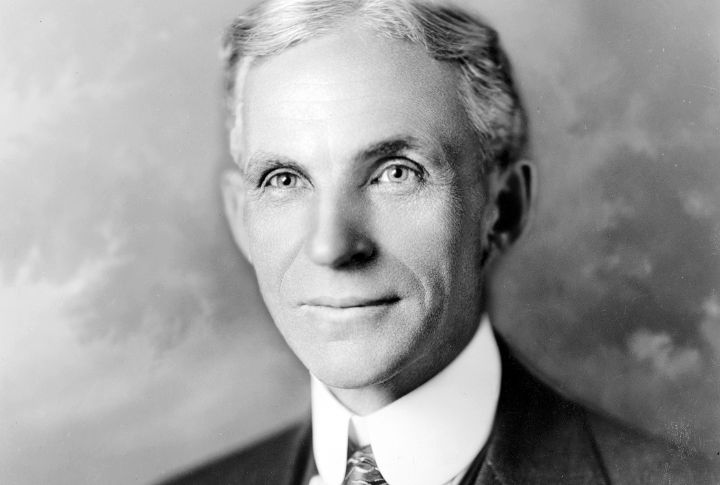
With the Model T, Henry Ford revolutionized transportation to make cars affordable for everyone. Ironically, Ford himself wasn’t a huge fan of driving. He reportedly preferred horses and even discouraged his wife from learning to drive.
Pablo Picasso

We know Picasso for his bold, abstract style. But did you know he began his career as a realist painter? Early works depicted scenes from everyday life with impressive detail. It wasn’t until later that he embraced the revolutionary styles that made him famous.
Vlad the Impaler
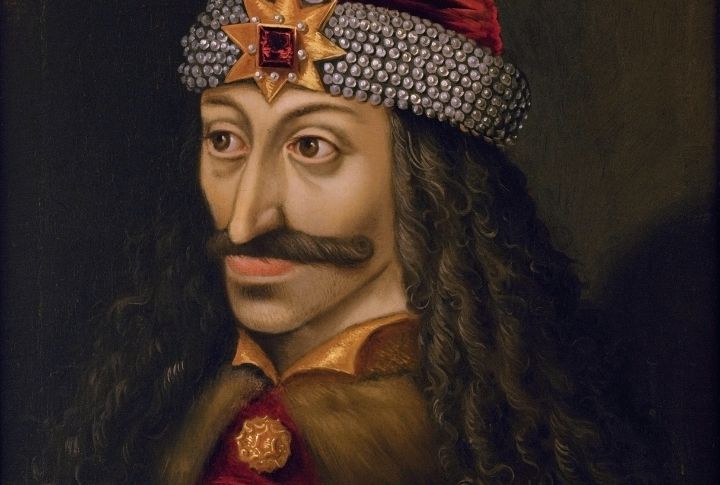
Gruesome? Absolutely. However, the whole vampire thing is pure fiction. Vlad III Dracula, the real-life inspiration for Bram Stoker’s Dracula, wasn’t a blood-sucking monster. He was a ruthless prince known for impaling his enemies on sharpened stakes.
Blackbeard
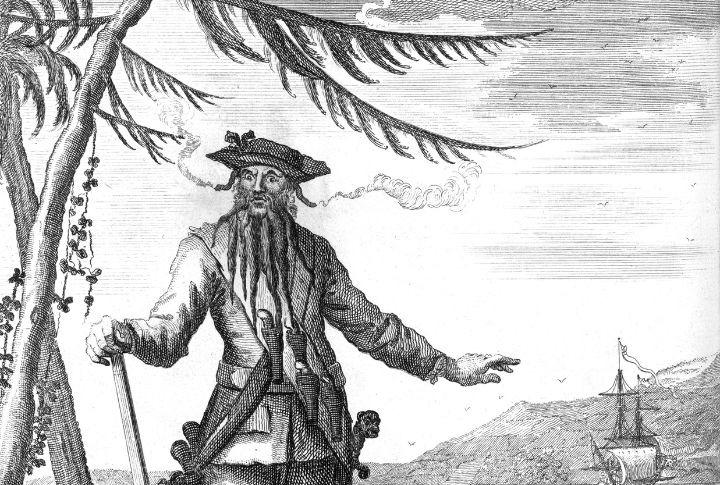
The fearsome image accompanying Blackbeard, complete with a lit fuse tucked under his hat, helped him strike terror in the hearts of sailors. But there’s some truth to the theatrics. Chemical analysis of his beard revealed traces of gunpowder and slow-burning matches, suggesting he might have used them to create his signature smoky persona. Who knew good beard maintenance could be so intimidating?


Comments
Loading…